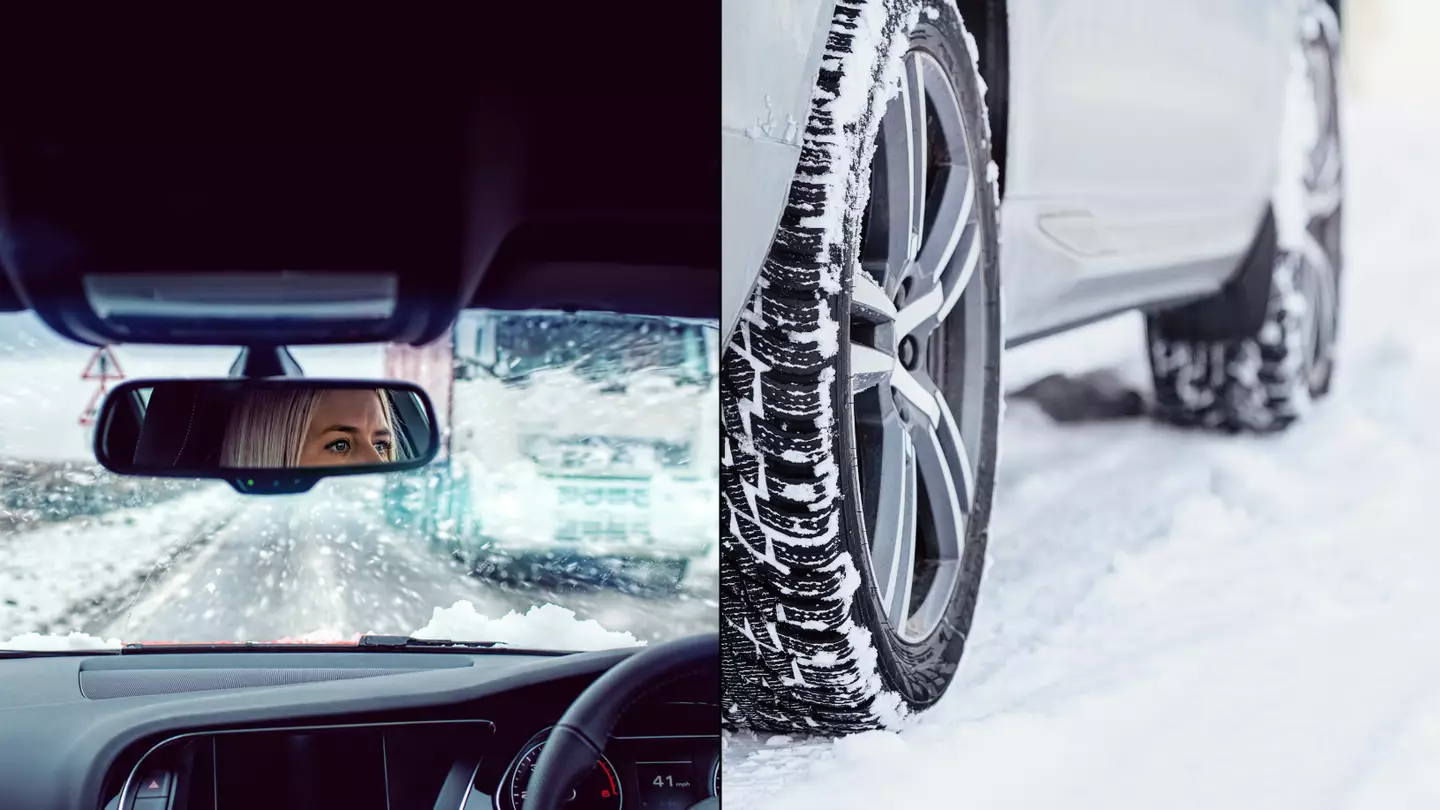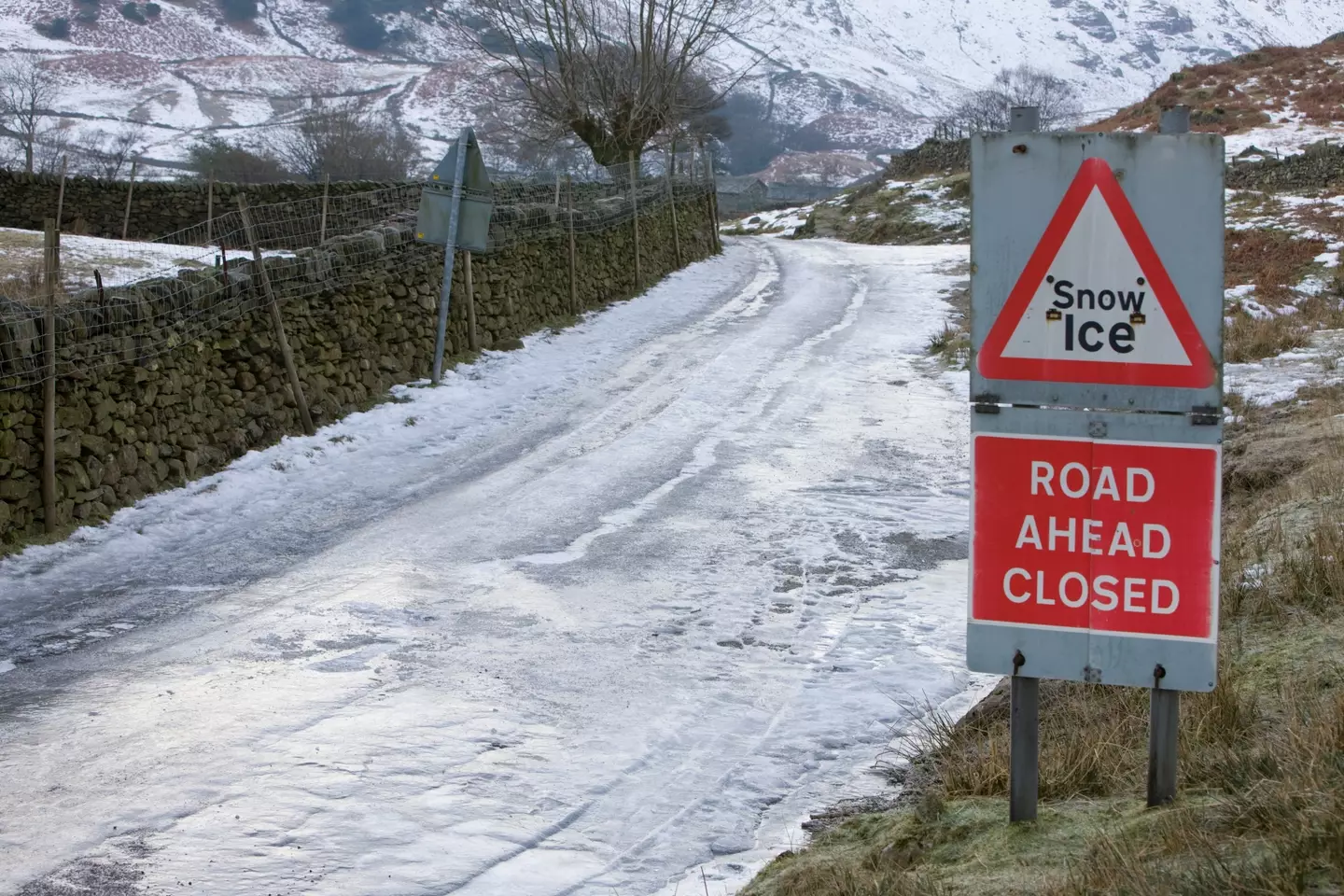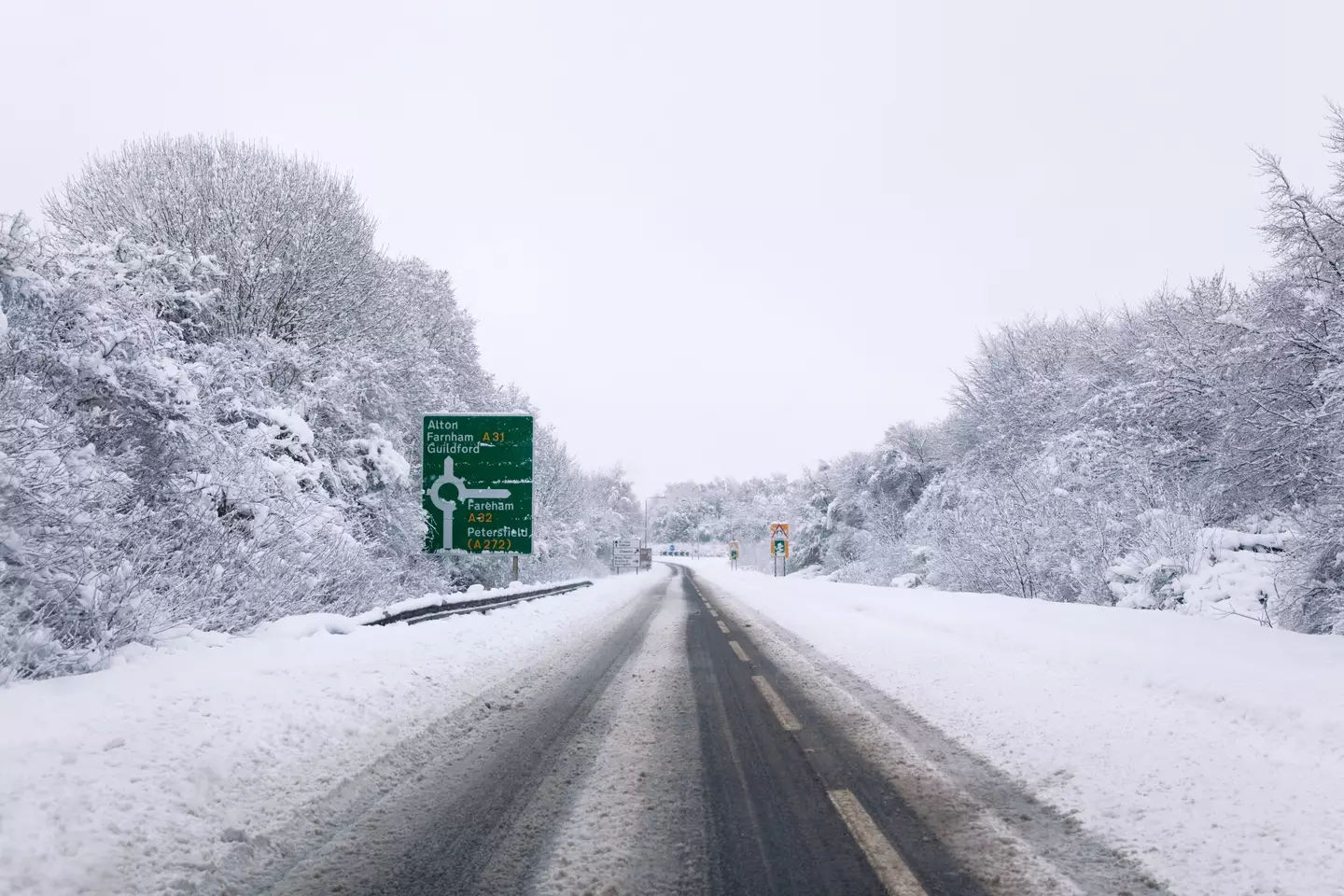
On today (16 January) of all days, it's vitally important to be careful in your car as the snow has fallen all around us, and that means it's been crunched and slushed into a slippery paste that covers our roads.
The Met Office has fired out a travel warning to remind you that the conditions are potentially slippery and dangerous for drivers and pedestrians.
Meanwhile, we'd like to remind you that you can get in trouble for driving around with snow still on top of your car if it's going to fall on the road and disrupt other motorists.
Advert
With all that in mind, now seems like a good time to tell you about the 20-second rule you should follow when driving in these conditions.
No matter how good a driver you think you are, all it takes is one slip you weren't expecting for your car to go out of control, putting you and everyone around you in danger.

According to experts from LeaseCar.uk, who say almost a quarter of British drivers have been in some sort of accident while driving in icy weather, your stopping distance on icy roads can be up to 10 times what it is on regular roads.
So when this is the case, the standard two-second rule of leaving at least that much of a gap between you and the car ahead of you becomes the 20-second rule.
If you're barrelling down the motorway at 70mph it could take you as far as half a mile to come to a complete stop, so if you've got the space, then try to leave a much bigger gap than you're used to.
A particular danger for drivers is black ice on the roads as this is pretty much invisible to the naked eye, so you won't know about it until your car is slipping on it.
Among the other tips from the experts is the advice to stick to main roads, which are far more likely to have been gritted or the ice worn down by other motorists.

They also suggest driving at a slower speed in a higher gear so you maintain as much control over the car as possible, which also reduces the risk of you having to brake suddenly or turn sharply.
As for what you should do if things start to go wrong, apparently you're not supposed to slam the brakes as this could cause you to skid or lock the wheels up.
While your first instinct when losing control might be to brake, apparently what you should actually do is change down into a lower gear to slow down the car.
Remember, slow speed in a high gear is the way to go.
As for the worst of the worst where you start actually skidding, instead of trying to fight the skid you should turn into the direction you're sliding, while taking your foot off the accelerator.
As always, the main advice for driving in conditions like this is not to unless you really have to.
Drive safe.